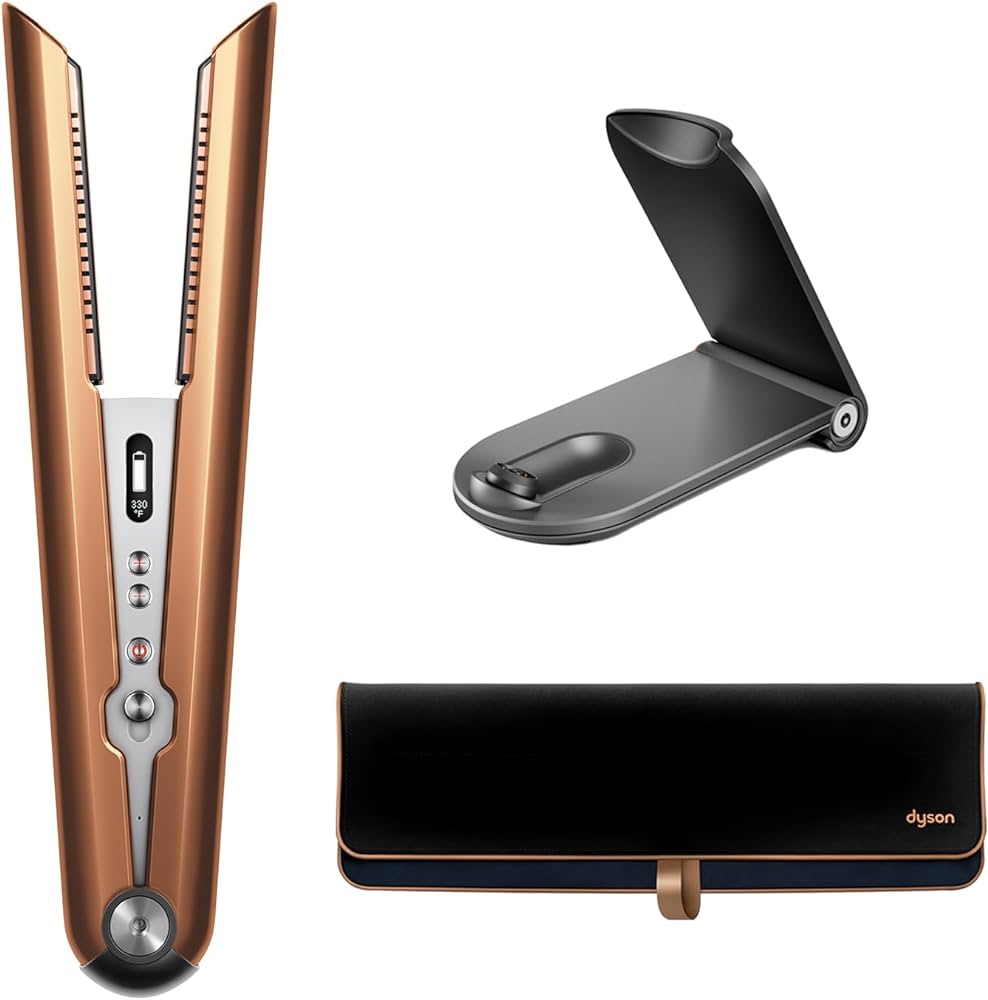Introduction: Unveiling the Truth about Flat Ironing and Hair Damage
Flat ironing is a popular hair styling technique that provides sleek and straight results. However, there is a concern about the potential damage it can cause to the hair. In this comprehensive guide, we will explore the impact of flat ironing on hair and delve into specific factors that contribute to potential damage. By understanding the risks, implementing preventive measures, and adopting proper hair care practices, you can minimize damage and maintain healthy, beautiful hair.
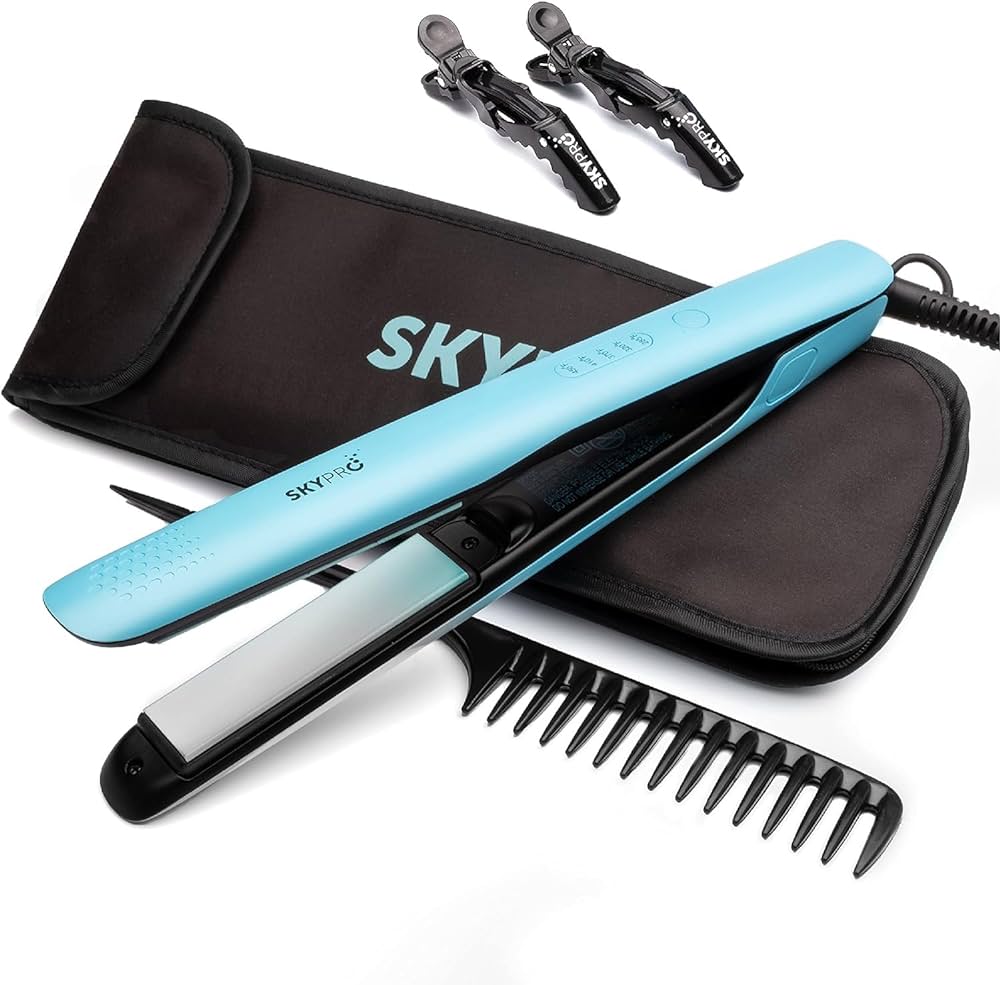
The Impact of Flat Ironing on Hair: Understanding Potential Damage
-
How Heat Styling Affects Hair Health
a. The role of heat: Heat styling, such as flat ironing, works by using high temperatures to temporarily alter the hair’s natural structure. Heat breaks down the hydrogen bonds in the hair, allowing it to be reshaped and straightened.
b. The impact on protein bonds: Hair is primarily composed of proteins, such as keratin. Excessive heat can weaken the protein bonds, leading to hair damage, including dryness, breakage, and loss of elasticity.
c. Moisture loss: Heat can also strip the hair of its natural moisture, causing dryness, frizz, and brittleness. This moisture loss can lead to further damage, such as split ends and hair breakage.
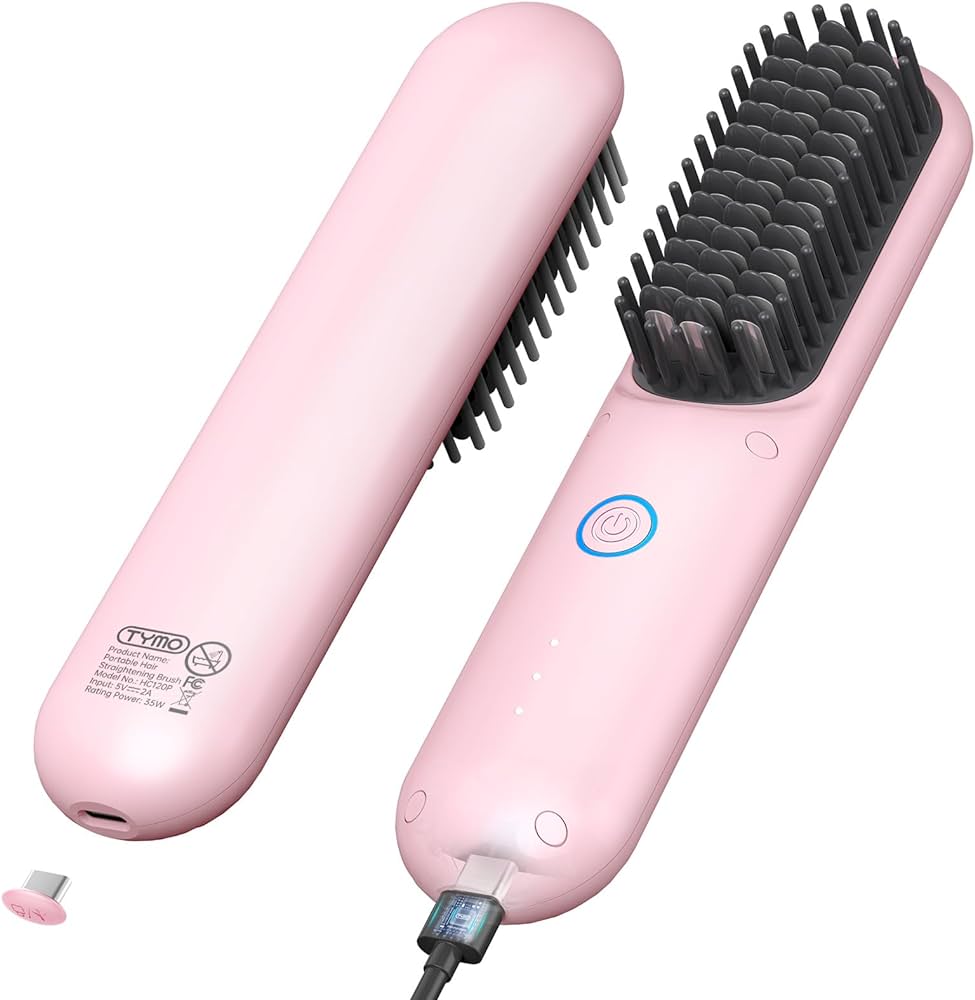
-
Factors Contributing to Flat Iron Damage
a. Excessive heat: Using high heat settings or repeatedly passing the flat iron over the same section of hair can cause significant damage. Hair becomes more vulnerable to heat damage as the temperature increases and exposure time extends.
b. Lack of heat protectant: Failing to use a heat protectant spray or product before flat ironing leaves hair more susceptible to damage. Heat protectants create a barrier between the heat and the hair, reducing the impact of high temperatures.
c. Improper technique: Utilizing incorrect flat ironing techniques, such as clamping too tightly or pulling too forcefully, can increase the likelihood of damage. Proper handling and gentle technique are crucial for minimizing the risk of hair breakage.
d. Frequency of heat styling: Regularly using heat styling tools, including flat irons, can accumulate damage over time. Limiting the frequency of heat styling sessions can help protect and preserve the overall health of the hair.
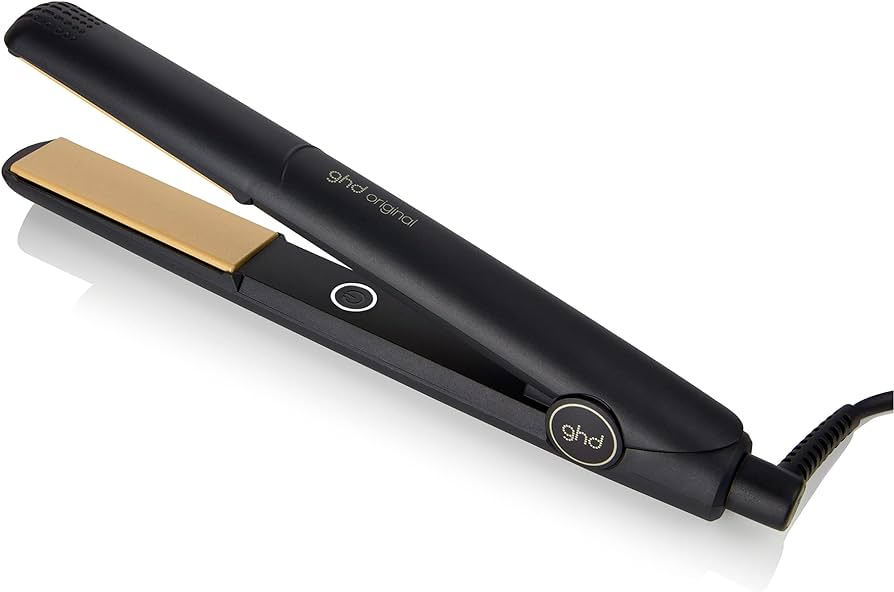
-
Preventive Measures for Minimizing Damage
a. Use lower heat settings: Adjust the flat iron temperature to the lowest setting that allows you to achieve the desired results. Lower temperatures are generally less damaging to the hair.
b. Invest in high-quality flat irons: Higher-quality flat irons often have ceramic, tourmaline, or titanium plates. These materials distribute heat more evenly and minimize hot spots that can lead to damage.
c. Apply heat protectant: Before using any heat styling tools, including flat irons, apply a heat protectant spray or serum to coat the hair and create a protective shield against heat damage.
d. Section hair and work in small portions: Divide your hair into manageable sections and work on one section at a time. This ensures that each section receives equal heat distribution without unnecessary passes over the same area.
e. Allow for adequate rest periods: Give your hair frequent breaks from heat styling. Opt for heatless hairstyling methods on certain days to allow your hair to recover and maintain its natural health.
-
Nurturing Hair After Flat Ironing
a. Moisture reinforcement: After flat ironing, moisturize your hair with a lightweight, hydrating serum or oil. Focus on the ends and areas prone to dryness to replenish the lost moisture and restore hydration.
b. Regular deep conditioning treatments: Incorporate deep conditioning treatments into your hair care routine. These treatments provide intense hydration and nourishment, helping to repair and fortify the hair.
c. Trim split ends: Regularly trim split ends, as they contribute to hair damage and prevent healthy hair growth. Visit a professional stylist or learn how to appropriately trim your split ends at home.
d. Protect hair when sleeping: To maintain the straightened effect, wrap your hair in a silk or satin scarf before bed. This helps minimize friction and tangling, preserving the straight look for longer periods.
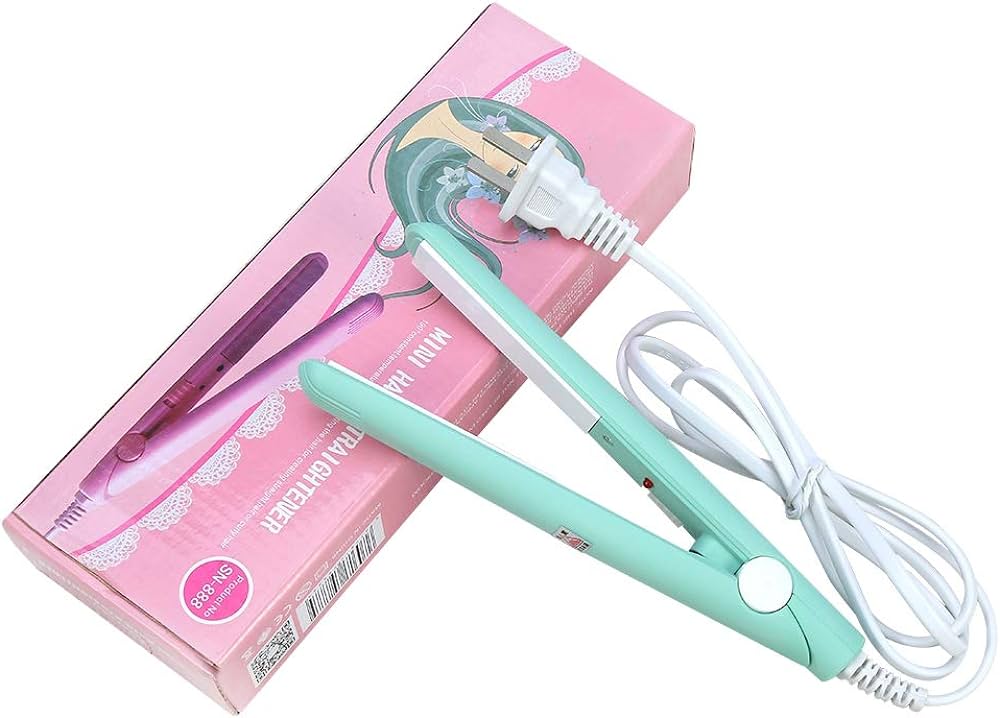
-
Alternative Styling Options to Reduce Heat Damage
a. Air-drying methods: Embrace your natural texture and opt for air-drying methods to style your hair without the need for heat. Experiment with braid-outs, twist-outs, or wash-and-go styles for a variety of looks.
b. Roller sets: Achieve voluminous, bouncy curls or waves without heat damage by using rollers. Whether it’s foam, flexi, or Velcro rollers, they offer a heat-free styling option that can create stunning results.
c. Protective styling: Consider protective hairstyles such as braids, twists, or updos, which minimize the need for daily heat styling. These styles not only protect your hair from excessive heat but also promote hair growth and retention.
d. Flexi rods or curlformers: These heatless curling tools can create beautiful, long-lasting curls or waves. Simply apply the rods or curlformers to damp hair, allow it to dry overnight, and wake up to gorgeous curls.
-
Habits and Practices for Maintaining Hair Health
a. Regular trims: Schedule regular hair trims every few months to remove split ends and prevent them from traveling up the hair shaft. This step helps maintain overall hair health and minimizes the risk of further damage.
b. Moisture and hydration: Moisturize your hair regularly with a leave-in conditioner or a moisturizing spray to keep it hydrated and prevent dryness. Deep conditioning treatments once or twice a month can also help restore moisture and improve hair health.
c. Gentle detangling: Use a wide-tooth comb or your fingers to gently detangle your hair, starting from the ends and working your way up to the roots. This reduces breakage and prevents unnecessary stress on the hair strands.
d. Scalp care: A healthy scalp is vital for strong and healthy hair. Maintain a clean scalp by regularly washing it with a gentle shampoo, massaging it to stimulate blood flow, and avoiding excessive product buildup.
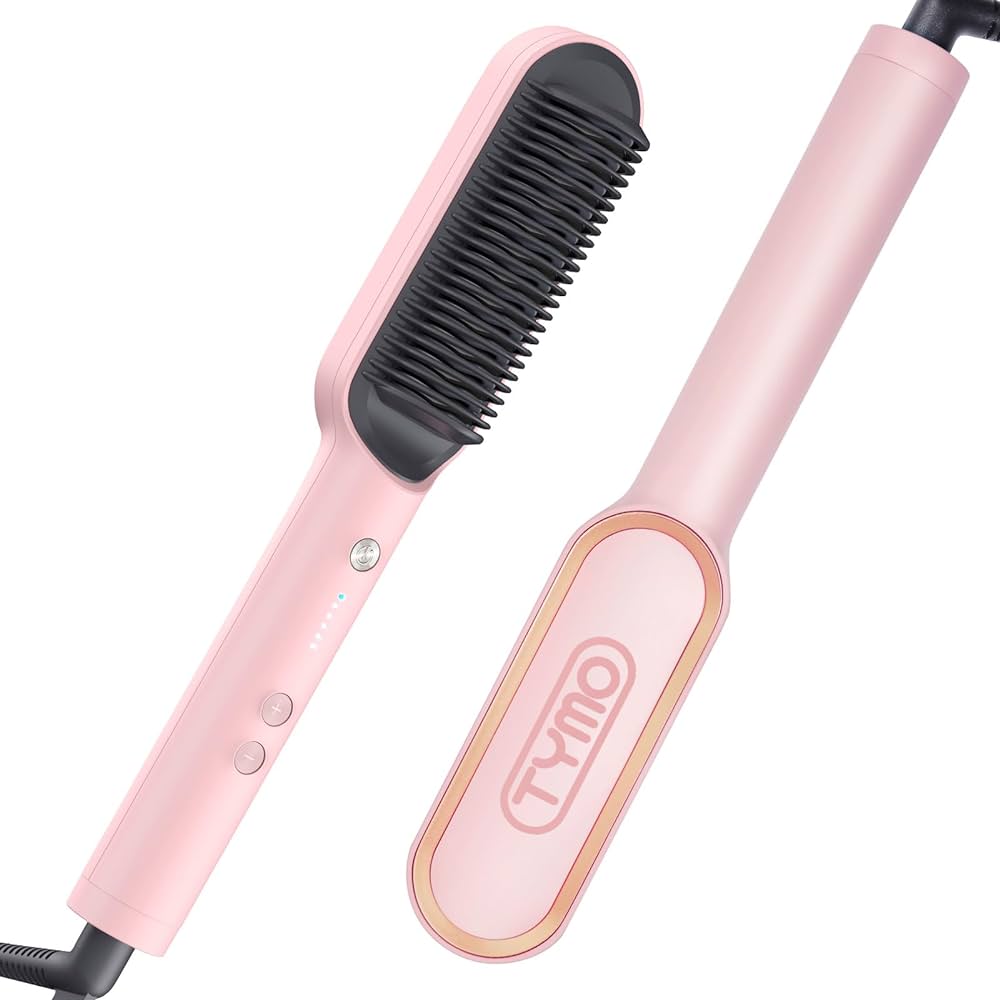
Conclusion: Striking a Balance between Style and Hair Health
Flat ironing can temporarily transform hair into sleek, straight strands, but it comes with the potential for damage. By understanding how heat affects the hair, implementing preventive measures, and nurturing your hair with proper care, you can strike a balance between style and hair health. Utilize lower heat settings, invest in quality tools, protect your hair with heat protectants, and provide adequate rest periods from heat styling. With these precautions and a commitment to maintaining hair health, you can enjoy the benefits of flat ironing while minimizing the risk of damage, ensuring your hair remains beautiful and resilient.
